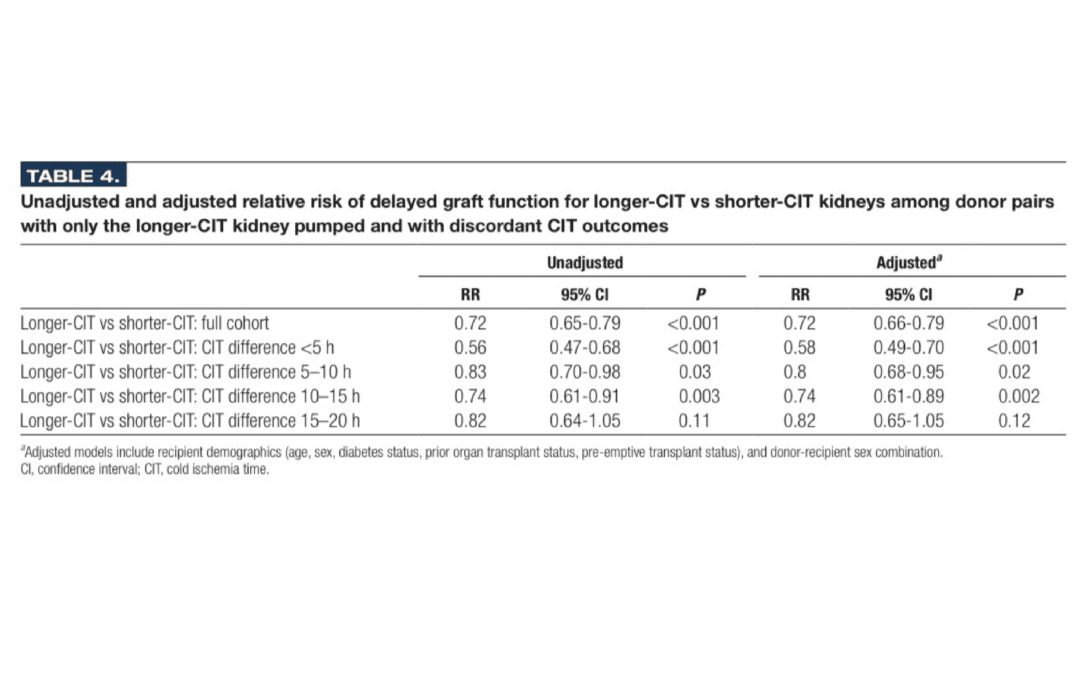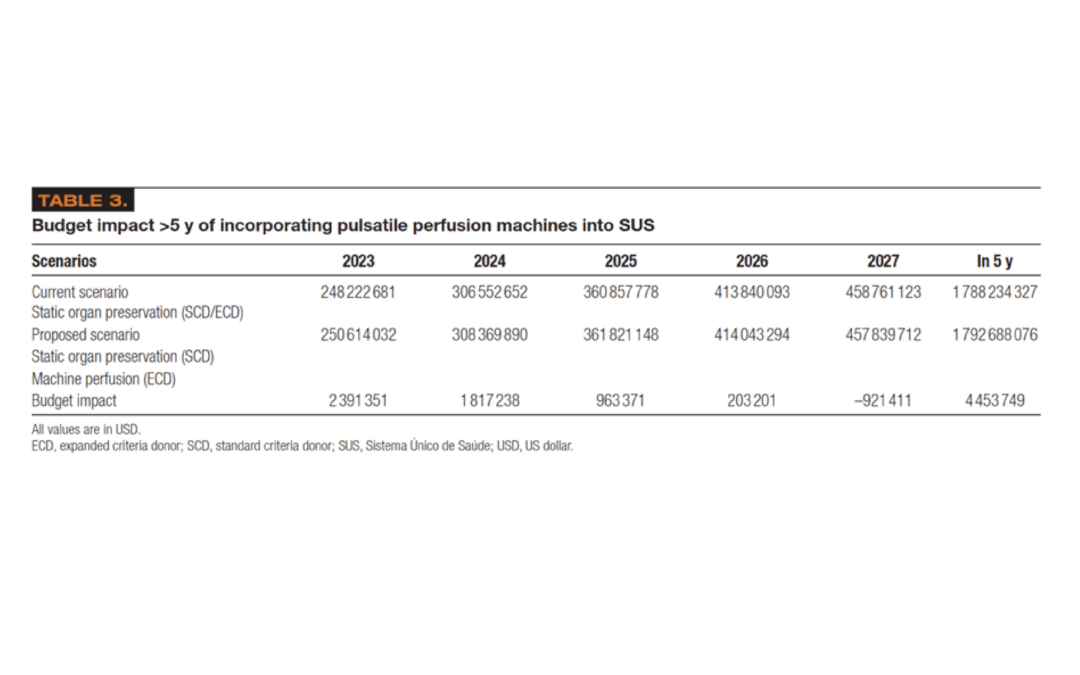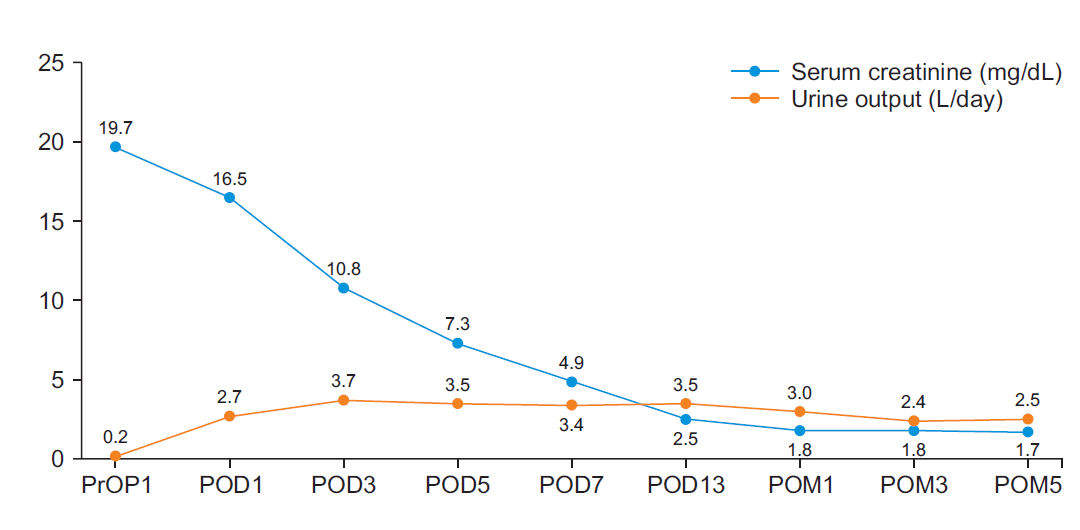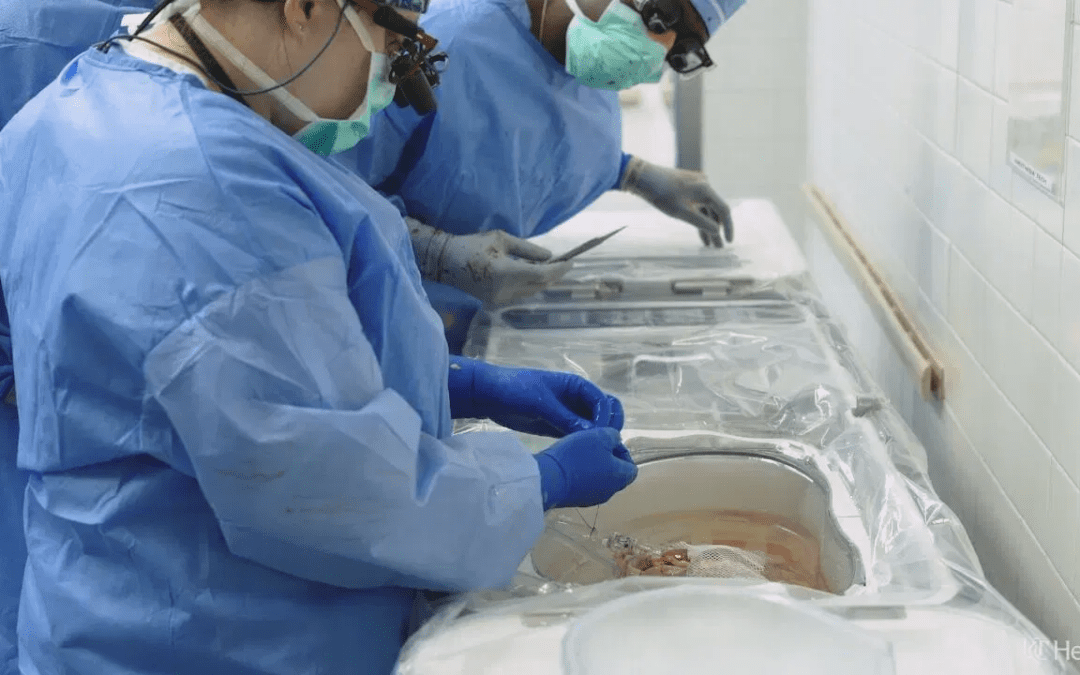A study by Cannon et al. published in the April 2013 issue of the Journal of the American College of Surgeons, demonstrated a statistically significant reduction in delayed graft function (DGF) in kidneys preserved with machine perfusion compared with static cold storage (p<0.001). The retrospective study analyzed data from the United Network for Organ Sharing (UNOS) database in three ways: as an overall cohort; as a matched cohort based on propensity scores; and as a paired kidney analysis. Both the propensity matched cohort and the paired kidney analysis showed a significant reduction in DGF: 21.1% vs. 29.1% in the propensity matched cohort (p<0.001), and 19.7% vs. 27.5% in the paired kidney analysis (p<0.001).1 These findings reflect those seen in the European Machine Preservation Trial.2 While no statistically significant difference was seen in the rate of DGF in the overall cohort (25.7% vs. 25.0%, p=0.082), these results reflected the much higher proportion of donation after cardiac death (DCD) donor and expanded criteria donor (ECD) kidneys being preferentially pumped.1
The 1-year and 3-year graft survival figures were also similar to those seen in the Machine Preservation Trial.2
In the Machine Preservation Trial kidneys were machine perfused immediately from retrieval, whereas in the US, the approach to machine perfusion can vary widely between centers. The study by Cannon et al. reinforces the results from the Machine Preservation Trial and indicates that, despite the differences in clinical practice between the EU and US, the results are relevant to transplant centers worldwide.
1. Cannon RM et al. To pump or not to pump: a comparison of machine perfusion vs cold storage for deceased donor kidney transplantation. J Am Coll Surg 2013;216:625–34.
2. Moers C et al. Machine perfusion or cold storage in deceased-donor kidney transplantation. N Engl J Med 2009;360:7–19.
The Latest




